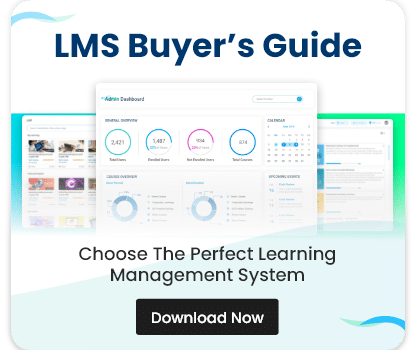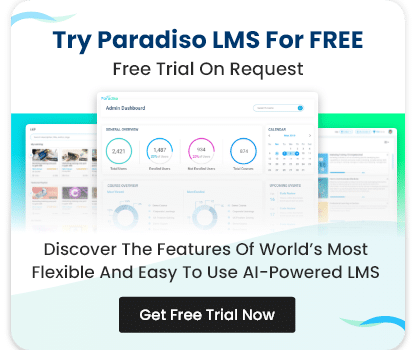In the ever-evolving landscape of eLearning, selecting the right Learning Management System (LMS) can be a daunting task. With numerous platforms boasting unique features, pricing models, and capabilities, finding the perfect fit for your organization requires a clear understanding of your needs and an informed evaluation of available options. This guide delves into the critical factors to consider when comparing LMS platforms and highlights some of the top contenders in the market.
Understanding Your LMS Needs
Before diving into specific platforms, it is crucial to identify your organization’s unique requirements. Here are some key considerations:
- Purpose: Are you looking to train employees, educate students, or deliver customer and partner training?
- Features: What functionalities are essential for your learning objectives? For instance, do you need mobile learning, gamification, or advanced analytics?
- Scalability: Can the LMS grow with your organization and handle increasing user numbers?
- Budget: What is your financial allocation for an LMS, including licensing, customization, and maintenance?
- Integration: Does the platform integrate with your existing tools like CRM, ERP, or video conferencing software?
- Ease of Use: Is the LMS intuitive for both administrators and learners?
When comparing LMS platforms, evaluate the following core features:
1. User Experience (UX)
A seamless, intuitive interface ensures learners and administrators can navigate the system effortlessly. Look for customizable dashboards, clear navigation paths, and minimal learning curves.
2. Content Management
The ability to upload, organize, and deliver various content types, such as videos, PDFs, quizzes, and SCORM-compliant courses, is essential. Content versioning and localization are valuable features for global organizations.
3. Customization
Your LMS should align with your branding and unique learning workflows. Platforms that allow tailored themes, white labeling, and personalized learning paths stand out.
4. Mobile Learning
With the rise of remote work and on-the-go learning, mobile compatibility is a must. An LMS with a responsive design or a dedicated mobile app ensures accessibility across devices.
5. Analytics and Reporting
Data-driven insights into learner progress, course completion rates, and engagement metrics enable informed decision-making and performance optimization.
6. Integration Capabilities
An LMS that integrates seamlessly with third-party tools, such as HR systems, video conferencing platforms, and eCommerce solutions, enhances productivity and streamlines operations.
7. Support and Maintenance
Reliable customer support and regular updates ensure your LMS remains functional and secure. Evaluate the vendor’s reputation for responsiveness and technical assistance.


















